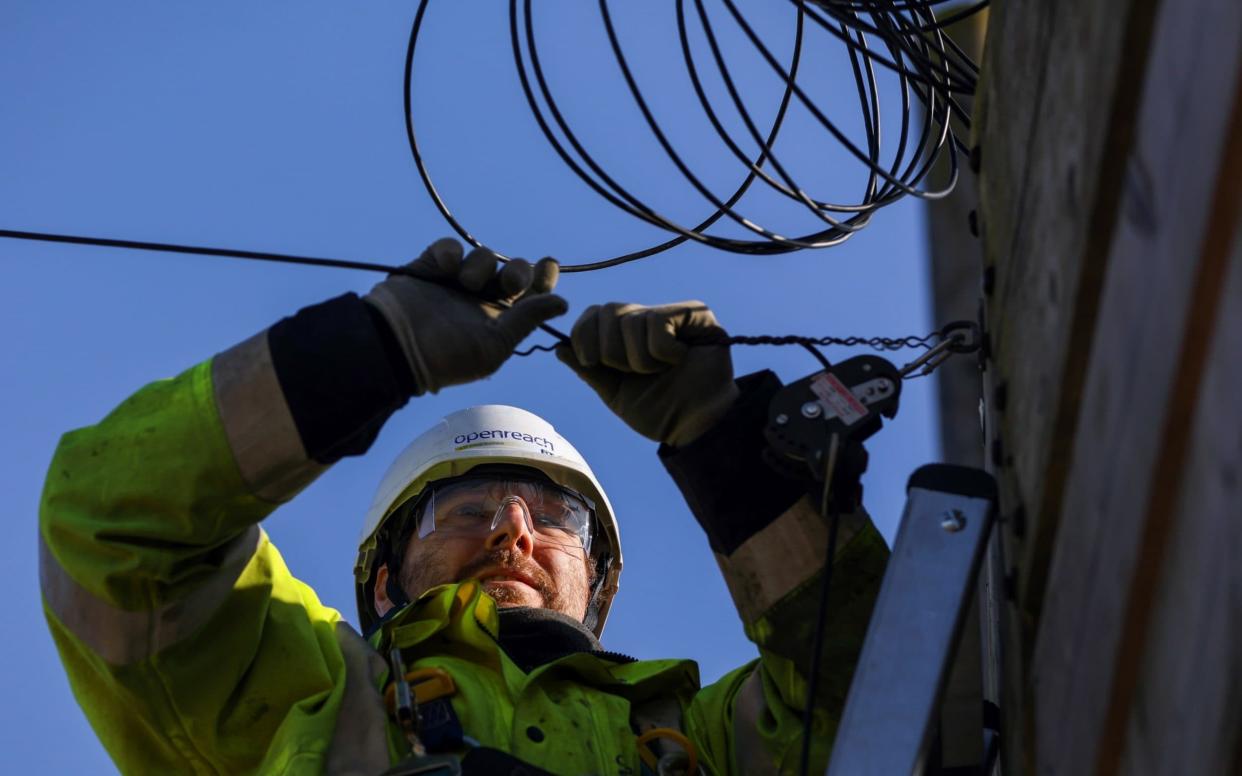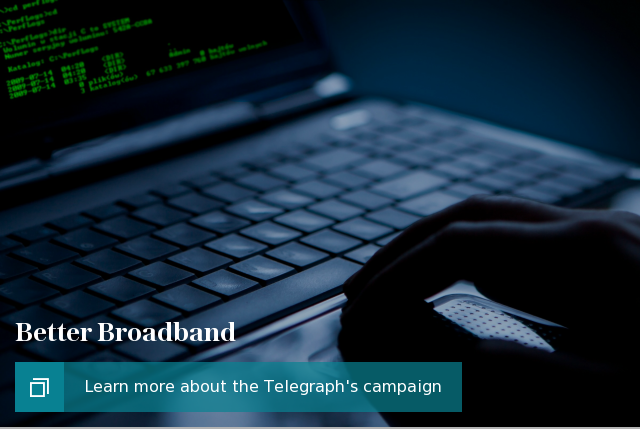Just 44 postcodes out of 1.7m receiving top broadband speeds

Just 44 postcodes out of 1.7m are receiving optimum broadband speeds, Ofcom figures show.
Analysis of internet speeds suggests that a tiny minority of British households can access the "gigabit speed" broadband, which is more than 20 time faster than the current average.
The analysis by the Financial Times suggests that there are only 44 postcodes that are accessing average speeds of 1GBit/s, just three of which are in urban areas.
The internet speed, seen as the benchmark for fast broadband in the future, is also offered by some providers as "hyperoptic" broadband and outstrips the superfast and ultrafast speeds commonly offered by mainstream internet companies.
Many of the areas with the fastest broadband in the country are in remote areas, including rural parts of of Lancashire and Oxfordshire.
Some northern areas are covered by B4RN, or Broadband for the Rural North, a community-led organisation that offers the fast connection to households in its coverage area for £30 a month.
Its area currently covers a portion of the rural north-west, from south of Lancaster to north of Kendal, in the Lake District.
Residents installed the cables themselves by digging trenches and pooled their resources in 2011 to fund the project.
However, most rural areas are still neglected, with a recent report by the Local Government Association warning that residents outside cities were struggling with slow speeds.

According to Ofcom, rural areas make up most of the five per cent of homes which are still unable to access superfast broadband, which is usually at speeds of anything up to 80Mb.
The Government pledged to ensure that 95 per cent of homes would be able to access these speeds by the end of December last year.
In January then-secretary of state for digital culture, media and sport Matt Hancock said the £1.7 billion programme had been successful.
The extremely fast gigabit broadband, which is not currently offered by any national providers, requires fibre optic cables to be laid directly to be the building which is to be connected to the network.
This differs from standard superfast broadband, which involves fibre optic cables being laid to the street cabinet with older copper cables making up the rest of the distance to the home.
The National Infrastructure Commission has also warned that rural areas risk being left out of plans to roll out high-speed fibre broadband across the country.
The Commission's report, published earlier this month, also said that copper wires should be switched off within seven years, and a full fibre internet network should be rolled out by 2033.
Last month it urged the Government to subsidise its installation in areas where it is less economically viable for private companies.
The Telegraph has been campaigning for better broadband in line with modern business and social requirements which mean it is an indispensible utility.
Rural businesses have said they are being held back by an inability to access fast, reliable internet, which limits their ability to set up online shops and communicate with clients and customers.
The FT said its data was based on Ofcom's information and relates to the speeds that households were actually accessing.
Openreach said 17.5m homes and businesses were able to upgrade to faster broadband services.

 Yahoo News
Yahoo News 
